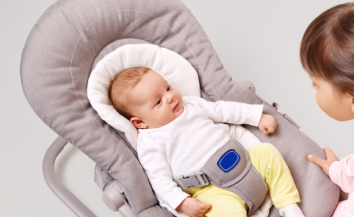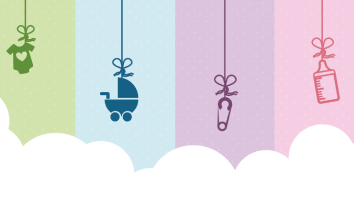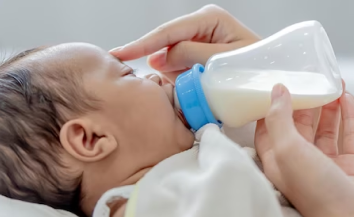You may also like…
‘’Feeding your baby is one of the most important things you’ll ever do as a parent. It’s a chance to give them the love and nourishment they need to grow and thrive.’’
Feeding a baby is the most essential aspect of a mom and her baby’s routine. As a parent, every individual wants to ensure that their little one is getting excellent nutrition as part of their routine. However, the process of feeding a baby requires proper work, and this may be overwhelming for many caretakers and parents alike. From deciding whether to breastfeed or use formula to introducing solid foods, there are many decisions to be made.
How do you know that your baby is hungry?
Look out for baby hunger cues. Baby hunger cues are signs that indicate a baby is ready to eat, these may include:
- Rooting turning their head towards the nipple or bottle
- Sucking on their hands or fingers
- Moving their head or body towards the nipple or bottle
- Crying (this may be a late hunger cue)
It is important to respond to these cues promptly to prevent over- or under-feeding and to establish a healthy feeding pattern for the baby.
How do you know that you are over-feeding your baby?
Here are some signs that a baby may be over-fed:
- Consistently spitting up large amounts of milk after feedings
- Discomfort or pain after feedings, including arching their back or crying
- Choking or gagging during feedings
- Overly full or distended stomach
- Rapid weight gain
When should babies be able to self-feed?
Babies can start to self-feed as early as 6 months of age, when they have developed the coordination and dexterity to pick up small pieces of food with their fingers and bring them to their mouth.
It is recommended to start with soft, easy-to-grasp foods such as puffs, cheerios, or small pieces of soft fruits or vegetables. Parents should always supervise the baby during mealtimes to prevent choking hazards.
The timing and pace of self-feeding will vary for each baby and it is important to let the baby lead the way and follow their cues. Some babies may not be ready to self-feed until they are closer to 8-10 months of age.
It is important to consult with a pediatrician for personalized advice on starting self-feeding and monitoring the baby growth and development.
How to manage a choking hazard?
To manage a child’s choking hazard, follow these steps:
- Stay calm: Reacting with panic can make the situation worse.
- Call for emergency services (115 for Edhi ambulance): If the child is choking and cannot breathe, call emergency services immediately. Call a doctor who you know will respond right away and while performing the next tasks, head straight to an emergency clinic setup.
- Encourage coughing: Encourage the child to cough up the object, as coughing can often clear the airway.
- Give abdominal thrusts: If the child is unable to cough, kneel down behind them and give 5 abdominal thrusts (also known as the Heimlichmaneuver).
- Use back blows: If the abdominal thrusts are not effective, give 5 back blows between the shoulder blades.
- Repeat steps 4 and 5 until the object is dislodged or the child becomes unconscious.
- Start CPR: If the child becomes unconscious, start performing CPR immediately.
It is important to note that in a choking emergency, every second counts, and quick action can save a life.








